Book banning returns
Why people ban books and what the situation looks like in Los Alamitos
Top to bottom: “The Hate U Give,” “Harry Potter and the Chamber of Secrets,” “The Absolutely True Diary of a Part-Time Indian,” “Maus,” and “To Kill a Mockingbird.”
September 6, 2022
LOS ALAMITOS, CA — “Gender Queer” by Maia Kobabe. “The Hate U Give” by Angie Thomas. “The Absolutely True Diary of a Part-Time Indian” by Sherman Alexie. “This Book is Gay” by Juno Dawson.
These titles were among the top ten banned books in 2021, according to the American Library Association (ALA).
For as long as books have existed, people have tried to ban them for political, religious, and content-based reasons. But in the past few years, book banning efforts spiked in America as a response to books about race, gender, and sexuality.
David Lopez, OC Public Libraries’ (OCPL) Marketing and Communications Librarian, said that book banning has changed with the world’s changing opinions.
“However, what has not changed is that book challenges are focused on topics that individuals or groups of people deem controversial, unpopular, or unorthodox,” Lopez said.
Religious and political leaders have banned writings that disagreed with their beliefs. People challenged J.K. Rowling’s “Harry Potter” series for encouraging children to practice witchcraft and solve problems with rule-breaking.
“When the Protestants and Catholics had their religious wars in Europe, if you were Catholic, any book by a Protestant was banned and vice versa,” said President Jane Conoley of Cal State Long Beach. “Copernicus was banned because people wanted to believe that the earth was the center of the solar system.”
Today, most children’s and young adult (YA) books, according to ALA, are banned because parents consider them too mature for these age groups. But Lopez mentioned that there has been an “uptick” of opposed books in America about racism, sexuality, and gender identity that feature LGBTQ+ topics or are written by people of color. These books were banned for containing racial slurs and sexually explicit content.
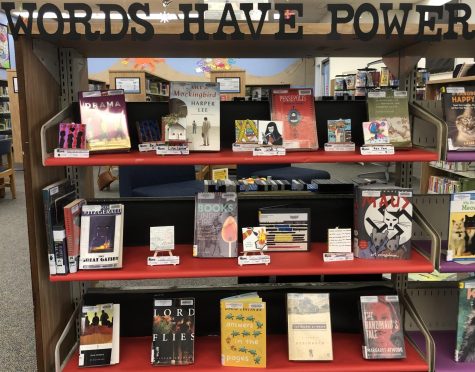
“When you [remove] books about race or the experience of being racially stereotyped and depressed, you rob those minorities of understanding how other people have dealt with the situation. I think it’s damaging, especially to people who would identify with [those characters],” Conoley warned.
Some parents prefer to discuss sexuality and gender identification with their kids directly. Others worry that these books will teach children to use inappropriate racial slurs. Parents believe that “The Hate U Give” and similar novels promote anti-police attitudes.
Additionally, people argue that books in school curricula, such as “To Kill a Mockingbird” by Harper Lee, paint a negative picture of white Americans within our country’s history. Others, however, object to their promotion of false white heroism.
I do believe that parents should be responsible for watching what their children read because not every book is appropriate at every age. But I don’t think another parent has the right to say what my child can read exactly.
— Jane Conoley, President of CSULB
Because of social media, posts about removing books go viral, catching the attention of other parents and causing even more debate.
“It’s kind of ironic,” Conoley said, addressing the significance of the Internet on book banning today. “Because information is so much more available, it wouldn’t take a kid very long to find any book. The availability makes book banning almost irrelevant.” Even if titles are removed from libraries, people can still buy them online.
Furthermore, banning books often has the opposite effect, especially on teenagers. After a Tennessee school board voted to remove “Maus,” Art Spiegelman’s graphic novel about the Holocaust, from eighth-grade syllabi, the book rocketed to the top of Amazon’s bestseller list.
“I think the intrusion of the state into this book banning idea is very dangerous,” Conoley said. “It’s one thing for parents to want to say, ‘My kid can’t read that.’ But that’s the state saying books about race and different sexual orientations don’t belong on the shelves.”
Conoley also pointed out that lawmakers are not necessarily reading these books before banning them.
Los Al has not received any requests to remove books from our curriculum or media center, according to Mr. Platt, Los Al’s new assistant principal of curriculum, instruction, and instruction technology.
“For vetting books, they go through a thorough process,” Mr. Platt said. “They look at multiple angles and through multiple groups… I think that [our books] are appropriate for the age and context of our students.”
In 2021, OCPL received two challenges regarding the books “Everybody Counts: A Counting Story from 0 to 7.5 Billion” by Kristin Roskifte and “Wicked Saints” by Emily A. Duncan. “Everybody Counts” was opposed because of a nude drawing, and the patron challenging “Wicked Saints” did not give a reason. OCPL retained both books in their library system.
“When books are questioned, OCPL staff listen to the patron’s concern and explain the library’s responsibility to meet the needs of a diverse public. Library staff share that parents have the right to guide their children’s choices, but they should not be making decisions for other parents’ children,” Lopez explained.
Sept. 18 to Sept. 24 is Banned Books Week, ALA’s annual event to celebrate the freedom to share information and ideas. Banned Books Week 2022’s theme is “Books Unite Us. Censorship Divides Us.”
On Saturday, Sept. 10, OCPL will host a presentation called “Book Censorship: Then and Now” at the Los Alamitos-Rossmoor branch. Conoley and Lopez will speak at the presentation to discuss the history of book banning, ALA’s Library Bill of Rights, and OCPL’s commitment to providing a diverse selection of books for the community.
“We want our communities to know that everyone is welcome at the library,” Lopez said. “Our policies ensure we are creating an environment in which all individuals have the freedom to explore ideas without judgment or censure.”
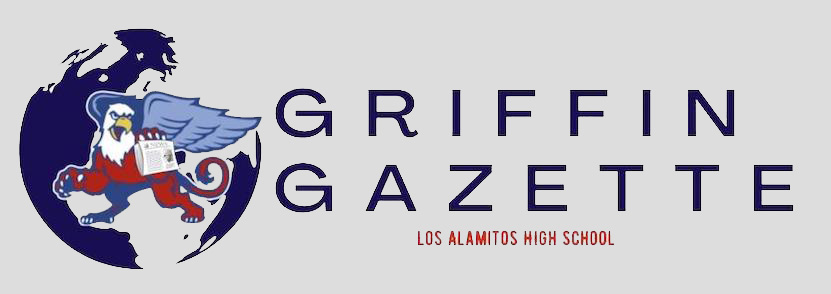
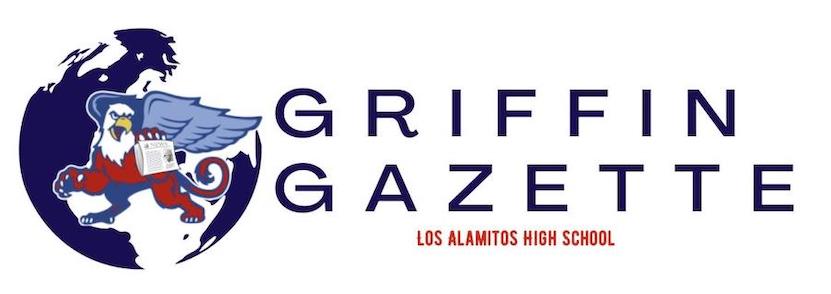

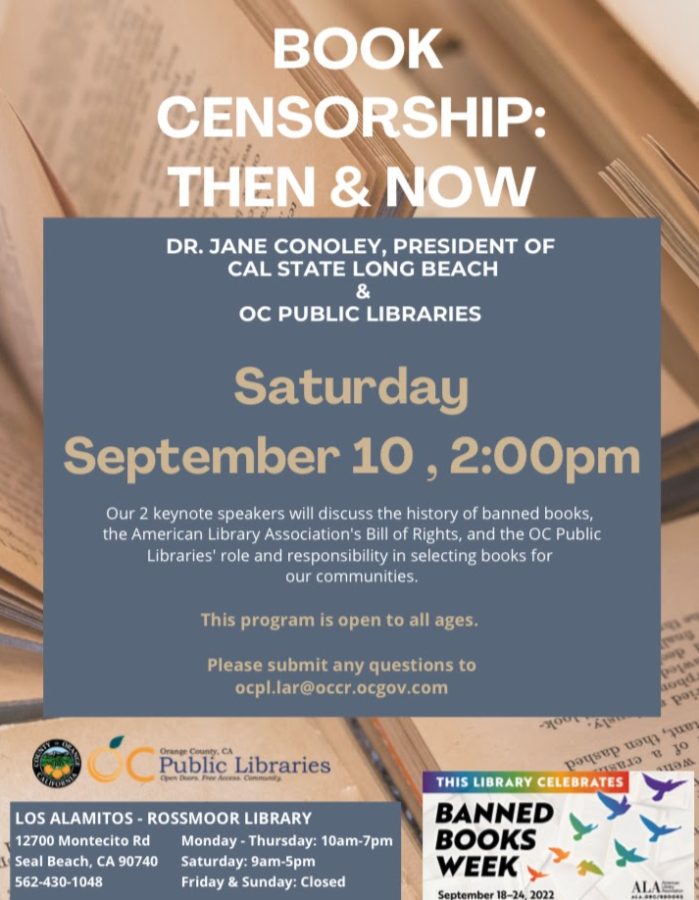
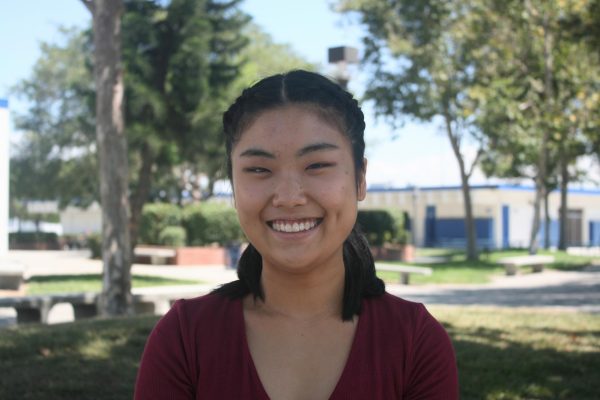
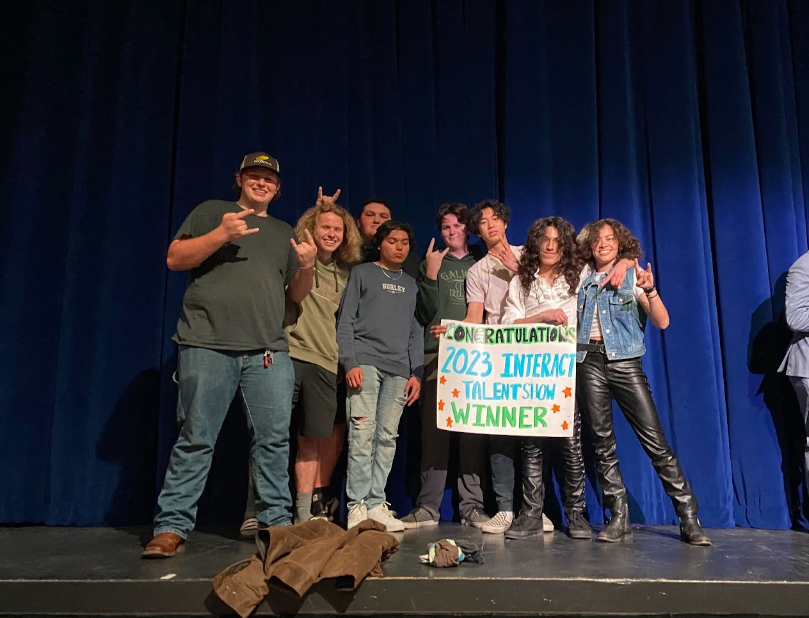

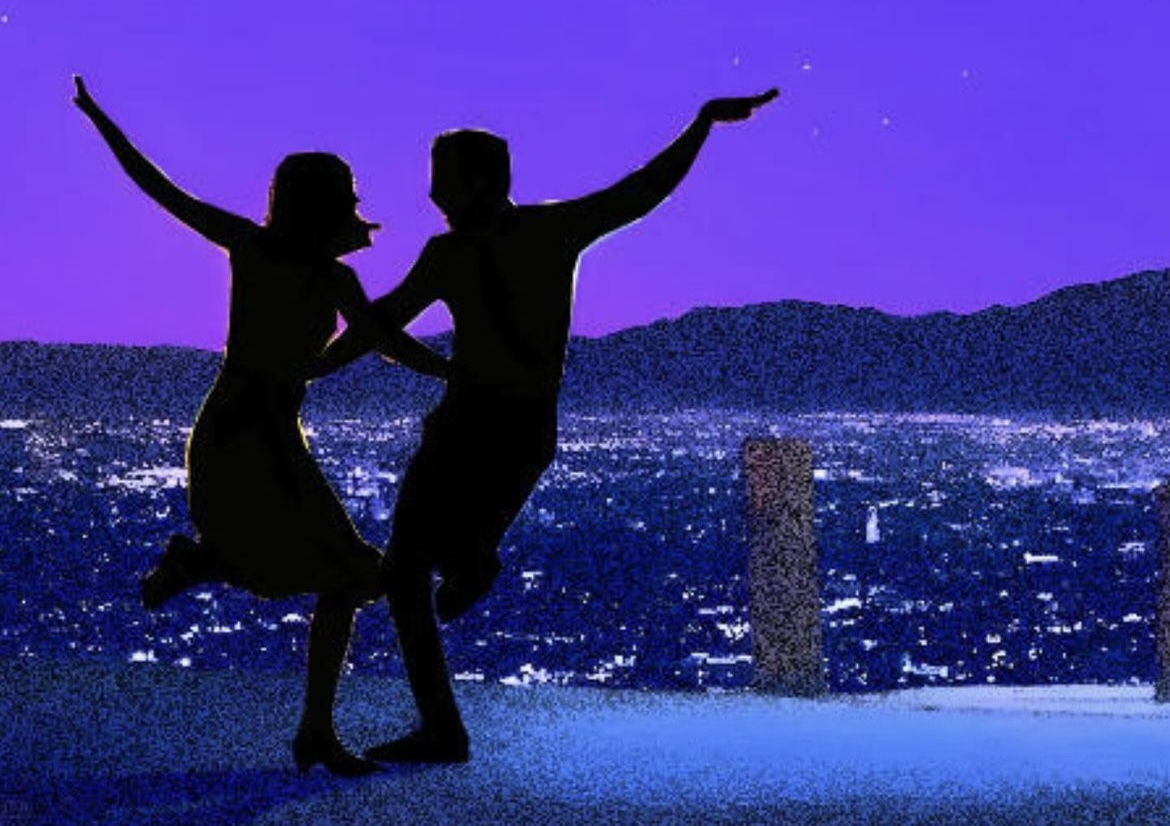
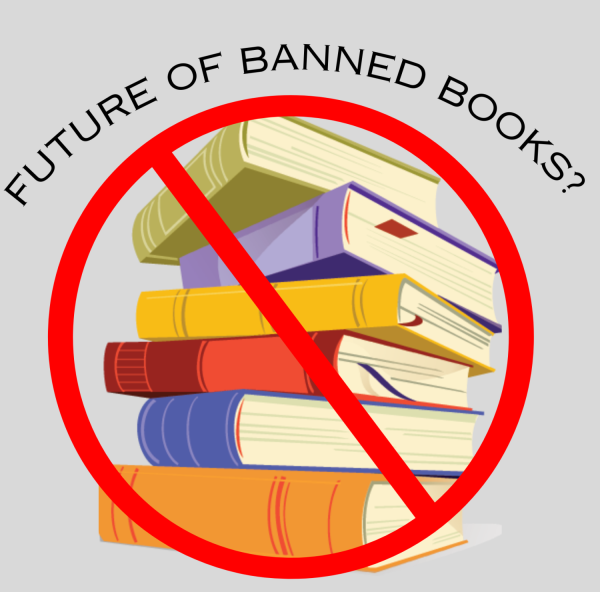



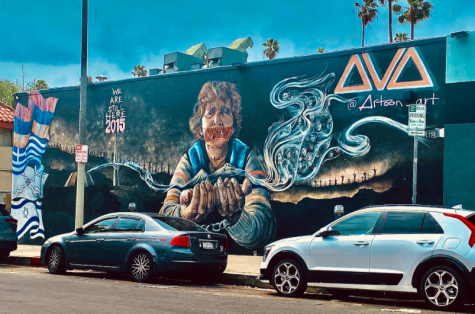
JP • Sep 15, 2022 at 6:44 pm
Great article, informative and important! great job
lfranzen • Sep 11, 2022 at 4:37 pm
Equitable access to books and the information they contain should be of great importance to everyone. Thank you for highlighting this issue for the Los Al community.
Sydney • Sep 9, 2022 at 2:15 pm
Bella this is so informative!!! I love the clear, articulate way you covered this topic. Congratulations on your first article of the year!!!
Alicia Tan • Sep 7, 2022 at 8:38 am
This is such a great article highlighting book banning. It’s a phenomenon in the United States that’s so crucial for everyone to be aware of. Your writing is so thoughtful and insightful; I really enjoyed it!